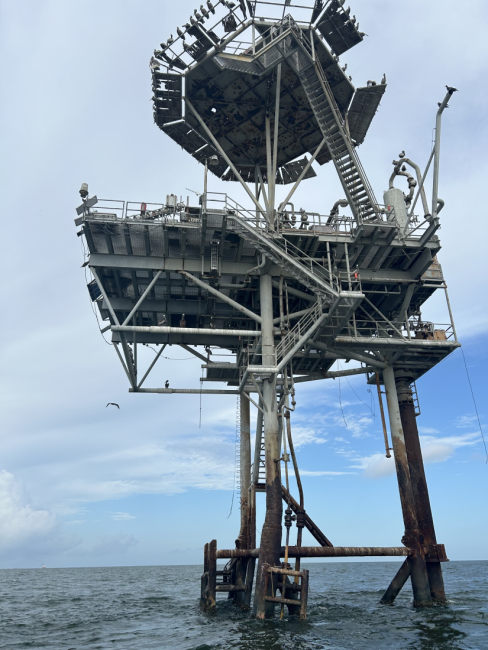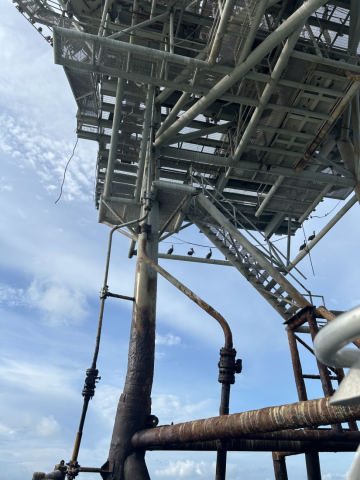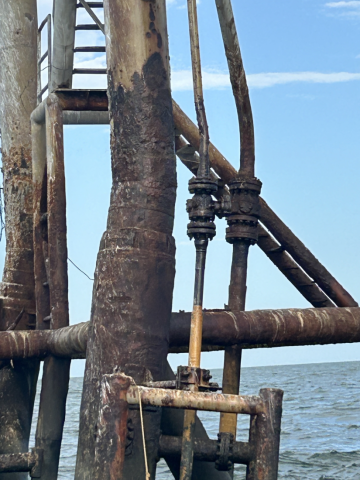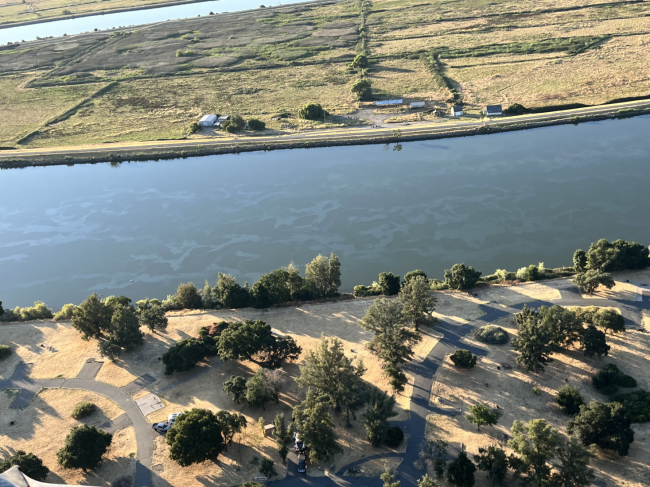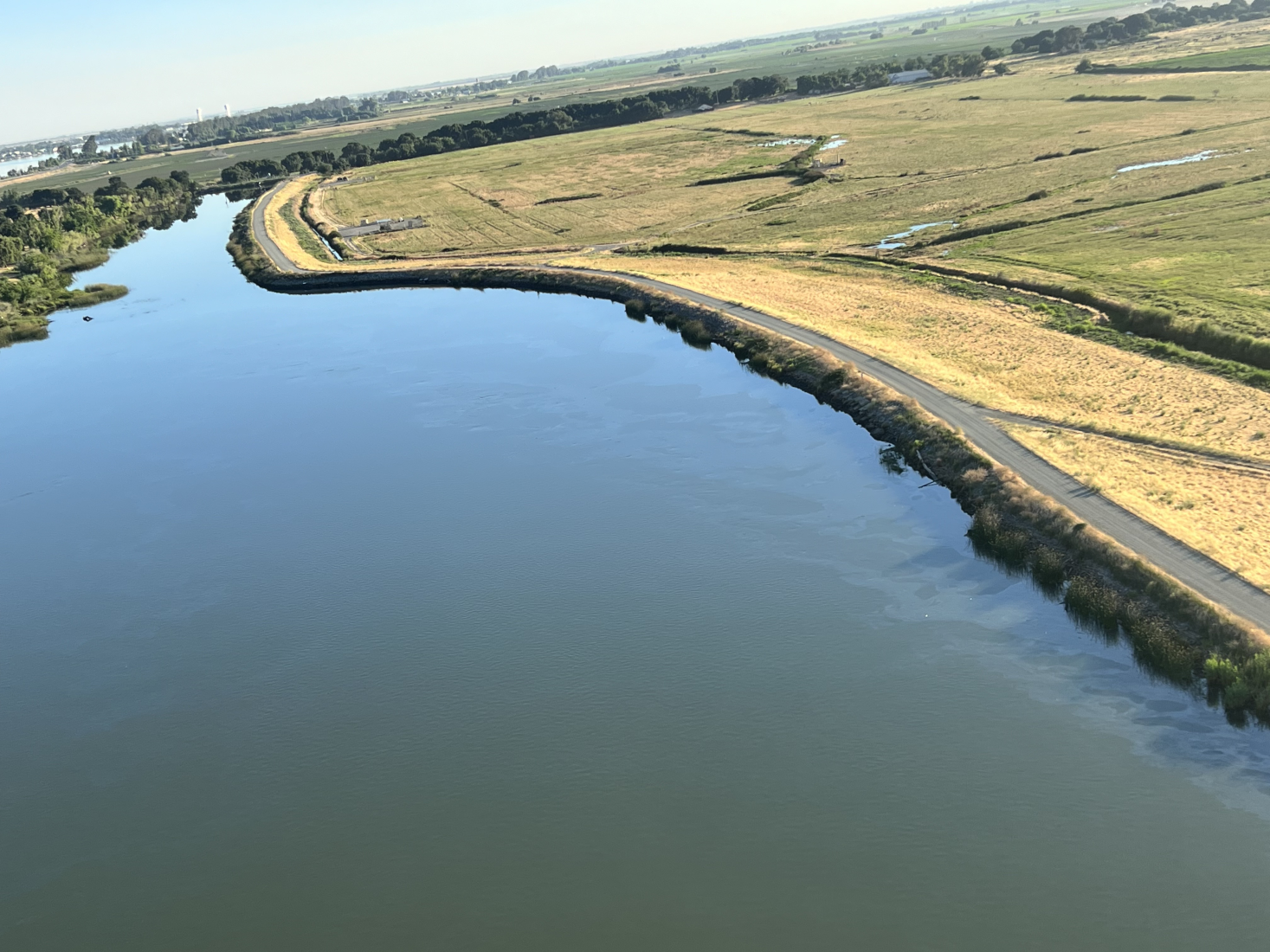Every month, NOAA’s Office of Response and Restoration’s (OR&R) Emergency Response Division (ERD) provides scientific expertise and services to the U.S. Coast Guard (USCG), ranging from producing oil spill trajectories that estimate where a spill may spread; to identifying possible effects on wildlife and fisheries; to estimating how long oil may stay in the environment. We also receive requests to track and model other floating objects, such as log booms or shipping containers that have broken free, whale carcasses, fish die-offs, and algal blooms.
So far this year, OR&R has responded to 113 incidents. During July, OR&R provided response support for 23 incidents, including 19 new incidents in seven states, one territory (Puerto Rico), and one international response (Philippines). Seventeen of the new incidents were actual or potential oil spills, one was a chemical spill, and one involved tracking marine debris—a broken wind turbine blade.
OR&R staff prepared 200 incident reports and documents, including eight fate and trajectory analyses. Three of the incidents this month were unknown volumes, but 15 of the incidents had volume estimates (and one was marine debris). Cumulatively, these incidents posed an approximate risk of more than 425,000 gallons of oil and chemicals.
(Note: All spill volumes are approximate and based on initial information that may be updated after further investigation.)
Here are some of the incidents we worked on during July:
Catamaran Obsession Grounded; Culebra, Puerto Rico
NOAA OR&R, the NOAA Restoration Center, and the NOAA Fisheries Southeast Regional Office all engaged to support USCG efforts to remove a substantial pollution threat from a grounded sailing vessel in Puerto Rico.
On July 21, the USCG filled out NOAA’s Natural Resource Trustee Incident Report form, sending notification that the 72-foot sailing catamaran Obsession, with an estimated value of $3 million, ran aground in the vicinity of Flamenco Beach, Culebra, Puerto Rico. It soon became apparent that the vessel was hard aground on a coral reef, impacting corals listed under the Endangered Species Act (ESA) and threatening many more ESA listed species with a potential oil spill. The grounding ruptured one of the catamaran's pontoons, making it difficult to refloat the vessel.
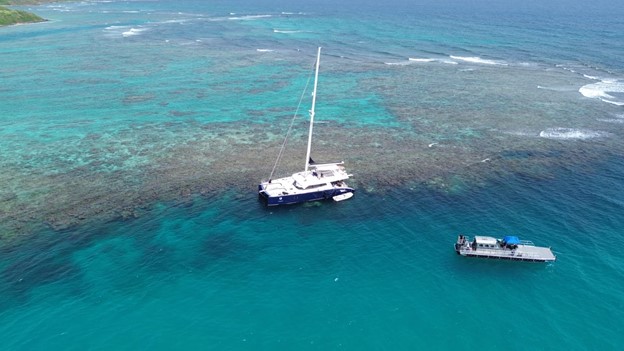
The USCG established an Incident Command, which includes an environmental unit composed of subject matter experts from the U.S. Fish and Wildlife Service, NOAA, and the Puerto Rico Department of Natural Resources. The first task was to remove accessible fuel from the vessel, which resulted in more than 1,500 gallons of diesel successfully removed. There remained, however, an unknown amount of fuel, engine oil, lube oil, and other potentially hazardous materials that were not accessible for removal and thus, the USCG is overseeing the removal of the vessel from the reef to eliminate remaining environmental threats.
In addition, an emergency Endangered Species Act consultation was initiated, identifying the risk to the Elkhorn, Staghorn, and Lobbed Star corals; the Green, Leatherback, and Hawksbill sea turtles; and the Nassau Grouper.
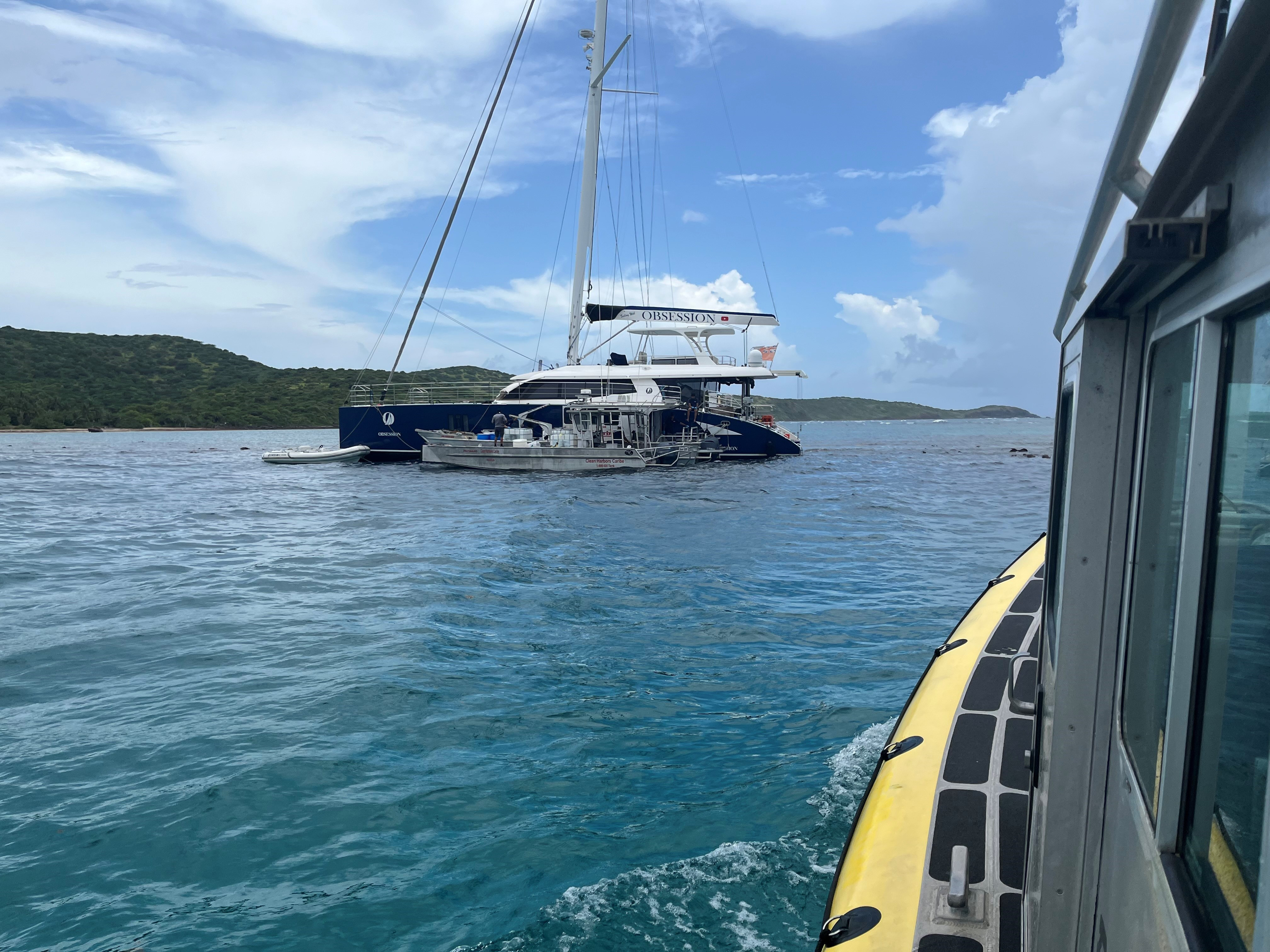
OR&R’s role has been one of coordination among agencies, providing scientific support, and the initiation of pre-assessment activities for a Natural Resource Damage Assessment. Coordination among USCG Sector San Juan, Puerto Rico Department of Natural and Environmental Resources (PRDNER), U.S. Fish and Wildlife Service, and NOAA’s Restoration Center and the Office of Protected Resources. OR&R provided resources-at-risk to the USCG, including several endangered and threatened species of coral, and worked with NOAA Protected Resources to provide Best Management Practices to avoid any further impacts to coral reef resources. OR&R worked with NOAA Restoration Center to coordinate and conduct the on-scene assessment of impacts to corals and the reef and to secure and stabilize some of the corals that had already been impacted. The NOAA team reviewed the Responsible Party's Salvage Plan for removing the vessel and will work with the response to minimize natural resource injuries during lightering and removal of the vessel.
Bulk fuel removal operations for the grounded sailing vessel were completed on July 31 and the continued response operation has a crane barge large enough to handle the large and heavy catamaran en route to Culebra. Due to the proactive response and ongoing response activities, no signs of pollution in the water have been identified. USCG is investigating the circumstances that led to the vessel grounding.
Platform Sheen; offshore Bolivar Peninsula, Texas
NOAA provided satellite analysis, environmental sensitivity information, and weather forecasting for an oil release from an unmanned platform offshore of Bolivar Peninsula, Texas.
Since 2010, as part of its Marine Pollution Surveillance Program, the Satellite Analysis Branch of NOAA’s NESDIS (National Environmental Satellite, Data, and Information Service) has been detecting oil slicks through satellite imagery to support OR&R’s emergency response work. On July 17, NESDIS issued a Marine Pollution Surveillance Report for an anomaly observed offshore Bolivar Peninsula, Texas. The anomaly’s location approximately corresponded with two earlier National Response Center reports reporting sheens in that general location. The release source was identified as an unmanned platform in state waters.
The USCG contacted NOAA OR&R to learn what environmentally sensitive natural resources are located in the area of the slick and unmanned platform. NOAA Environmental Sensitivity Index (ESI) data indicated areas of use by Kemp's ridley and green sea turtles. On-scene response personnel reported no marine mammals or reptiles in or around the slick.
At USCG request, OR&R also provided marine weather support to help identify an appropriate weather window for the platform pipe patching operations.
Mystery Spill in Threemile Slough; Rio Vista, CA
OR&R provided predictive spill modeling to assist the USCG's response to a mystery spill in Threemile Slough, located between the Sacramento and San Joaquin Rivers in California.
On the evening of July 2, USCG Sector San Francisco contacted the NOAA SSC to report a half-mile sheen with a strong smell of gasoline and chemicals within Threemile Slough near Rio Vista, California. Threemile Slough connects the Sacramento River and the San Joaquin River.
The USCG requested initial fate and transport information to inform the initial on-scene investigations and actions. A Unified Command with representatives from USCG, California Department of Fish and Wildlife's Office of Spill Prevention and Response, and Rio Vista County Fire Department was established in response to the sheen.
The NOAA SSC provided fate and transport for the mystery spill. Without a confirmed source, spill volume, or oil type, the NOAA conclusions were somewhat general; however, with the forecasted winds and warm temperatures, the suspected light refined product (such as gasoline) would not be expected to persist for long.
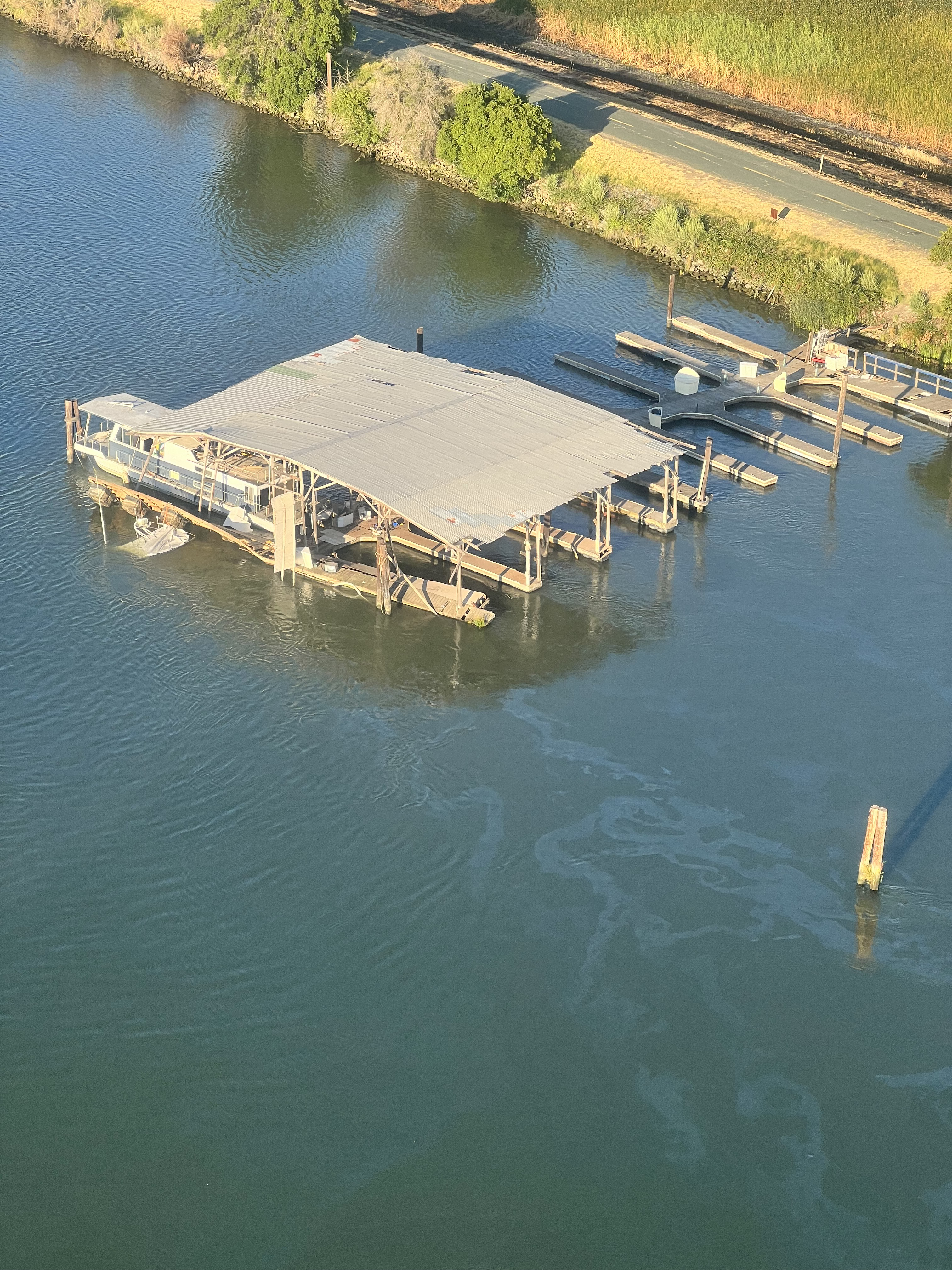
Throughout the night and into the next morning, responders investigated a number of possible sources of the release. The source of the sheen was determined to be a partially submerged 70-foot vessel that recently sank and was observed to be actively discharging petroleum products. The location near the sheen was designated a sensitive site due to the location between the two rivers, as well as its proximity and potential impacts to federally protected resources and wildlife.
Subsequent on-scene observations indicated that most of the sheen had dissipated during the day of July 3 and remaining sheen was unrecoverable, concluding the USCG’s pollution response operations.
Here is the complete list of July’s incidents. Click on the links to find out more:
- M/T Terra Nova Sinking and Oil Spill; Manila Bay, Philippines
- Sunken F/V Two SS Three LS; offshore Corpus Christi, TX
- Crescent Midstream Tank Overflow into Bayou Lafourche; Raceland, LA
- Cargo Ship Hans Shulte Potential Hazmat Release; Gulf of Mexico
- F/V Vicki Rae Sinking; Sand Point, AK
- F/V All Star Grounding; St. Michael Island, AK
- Catamaran Obsession Grounded, vicinity of Flamenco Beach; Culebra, Puerto Rico
- Landing Craft My Marie Sunk; Port MacKenzie, AK
- St Mary’s River Unknown Sheen; Sault Ste. Marie, MI
- Tug Miss Peggy Sunk; Houston Shipping Channel, TX
- Fishing Vessel Bilge Discharge; South Padre Island, TX
- Sunken Fishing Vessel Brizo; Chatham, MA
- Platform Sheen; offshore Bolivar Peninsula, TX
- Broken Wind Turbine Blade; Martha's Vineyard, MA
- Pleasure Craft Sinks in Harris Harbor; Juneau, AK
- Shoreside Diesel Spill into Whittier Harbor; Whittier, AK
- Well Flowline Spill in Bayou Perot; Lafitte, LA
- Hurricane Beryl; Yucatan Peninsula, Mexico
- Mystery Spill in Threemile Slough; Rio Vista, CA

